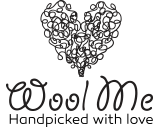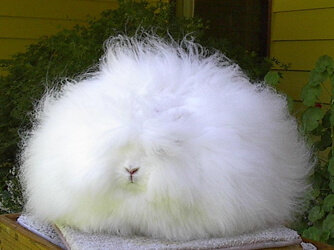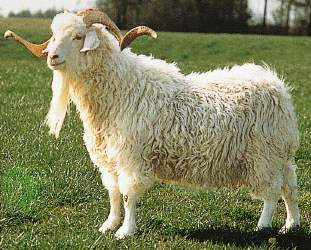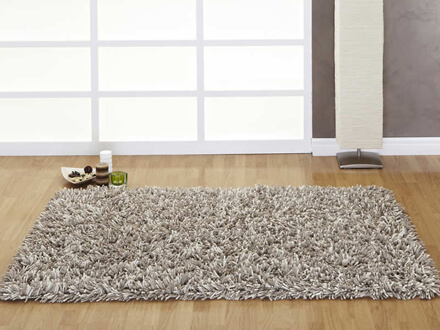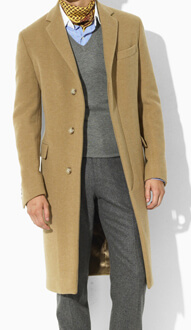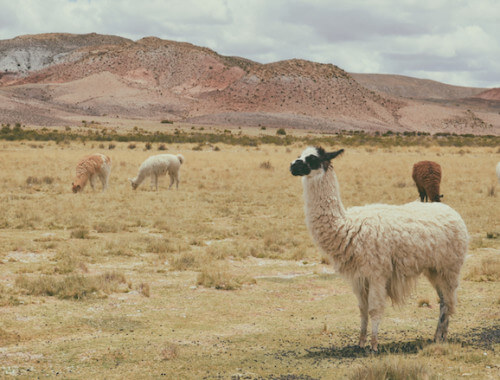Wool of different animals is probably the first fiber to be transformed into cloth. The ability and knowledge of how to spin wool into yarn developed several thousand years B.C. and encouraged trade among tribes of the Mediterranean Sea. Nowadays wool yarn is produced not only from sheep but from other animals – e.g. camels, goats, rabbits – as well. Wool and yarn are highly valued material in textile industry.
The value of the wool yarn is based on fiber diameter (the smaller – the finer), staple length (the longer – the worthier), and density (the tighter – the better).
So, what processes are involved in wool production?
1. Shearing. This is a process of harvesting the wool from an animal. In most parts of the world, sheep or other animals are sheared once a year, in early spring or early summer. The best wool is sheared from the shoulders and sides of the animal.
2. Washing – the wool must be washed in order to remove grease and other impurities ( this is done by the wool being carried through a series of basins with with soapy water).
3. After passing several dryers, wool is from different batches is then mixed together mechanically. This helps to alter color of wool and create a standard staple length and diametre.
4. Then the wool passes a machine with steel „fingers“, which divide the wool and lay the strands on next to each other. Slivers or continuous ropes are formed.
5. The coarser wool fiber is then twisted into ropelike structures while the finer fibers are combed and prepared for spinning into yarn.
6. After that wool yarn is either woven or knitted.
7. Next comes the fulling stage where the wool fabric shrinks both in length and width and also gains additional strength and thickness. Fulling means wetting the fabric thoroughly with water and then passing it through the rollers.
8. Crabbing is the next step the wool fabric goes through. This involves the fabric passing through boiling and then cold water in order to set the cloth and strengthen it.
9. With the end product in mind, the right type and amount of chemical finishes are then added to the wool fabric.
After all these production stages wool fabric is then turned into a number of fine products. There are wool coats, wool socks, wool carpets, wool rugs, wool jackets, wool sweaters, wool blankets, wool hats and much more.
With so many uses, wool is considered the leader of all fibers. Other fibers are often compared to wool fiber because of its number of strengths (e.g. fire resistance, strength, versatility).
